Description
Phosphoric acid, also known as orthophosphoric acid, is a weak inorganic acid with the chemical formula H₃PO₄. It is typically found as a colorless, odorless, and syrupy liquid in its 85% aqueous form, though pure phosphoric acid is a white crystalline solid.
⚙️ Properties
Physical Properties
- Appearance: Colorless solid or syrupy liquid
- Odor: Odorless
- Melting Point: ~42.35°C
- Boiling Point: ~212°C
- Density: ~1.885 g/mL (liquid form)
- Solubility: Highly soluble in water and ethanol
Chemical Properties
- Triprotic Acid: Can donate three hydrogen ions (H⁺)
- Forms Salts: Reacts with bases to form mono-, di-, and trisodium phosphate
- Polymerization: Can form polyphosphoric acids under heat
🧴 Uses
| Sector | Use |
|---|---|
| 🧑🌾 Agriculture | Fertilizer production (phosphate-based) |
| 🥤 Food & Beverage | Acidulant in soft drinks, jams, processed meats |
| 🧼 Personal Care | pH adjuster in cosmetics, shampoos, and skincare |
| 🦷 Pharmaceuticals | Dental etching, mouthwash, anti-nausea meds |
| 🧪 Industry | Rust removal, detergent manufacturing, water treatment |
| ⚡ Energy | Electrolyte in fuel cells and batteries |
🔧 Applications
Phosphoric acid is used in:
- Fertilizer production: Enhances soil fertility and crop yield
- Food preservation: Adds tanginess and extends shelf life
- Water treatment: Adjusts pH and prevents corrosion in pipes
- Metal surface treatment: Converts rust to ferric phosphate
- Pharmaceuticals: Stabilizes drug formulations
- Activated carbon production: Acts as a chemical oxidizing agent
✅ Advantages
- Versatility: Used across agriculture, food, pharma, and industry
- Plant Growth: Boosts crop productivity and soil health
- Flavor Enhancement: Adds tartness and balances taste in foods
- Rust Removal: Efficiently cleans and prepares metal surfaces
- Water Quality: Helps maintain safe pH levels in water systems
- Bone Health: Phosphorus supports bone and teeth structure
⚙️ Properties
Physical Properties
- Appearance: Colorless solid or syrupy liquid
- Odor: Odorless
- Melting Point: ~42.35°C
- Boiling Point: ~212°C
- Density: ~1.885 g/mL (liquid form)
- Solubility: Highly soluble in water and ethanol
Chemical Properties
- Triprotic Acid: Can donate three hydrogen ions (H⁺)
- Forms Salts: Reacts with bases to form mono-, di-, and trisodium phosphate
- Polymerization: Can form polyphosphoric acids under heat
🧴 Uses
| Sector | Use |
|---|---|
| 🧑🌾 Agriculture | Fertilizer production (phosphate-based) |
| 🥤 Food & Beverage | Acidulant in soft drinks, jams, processed meats |
| 🧼 Personal Care | pH adjuster in cosmetics, shampoos, and skincare |
| 🦷 Pharmaceuticals | Dental etching, mouthwash, anti-nausea meds |
| 🧪 Industry | Rust removal, detergent manufacturing, water treatment |
| ⚡ Energy | Electrolyte in fuel cells and batteries |
🔧 Applications
Phosphoric acid is used in:
- Fertilizer production: Enhances soil fertility and crop yield
- Food preservation: Adds tanginess and extends shelf life
- Water treatment: Adjusts pH and prevents corrosion in pipes
- Metal surface treatment: Converts rust to ferric phosphate
- Pharmaceuticals: Stabilizes drug formulations
- Activated carbon production: Acts as a chemical oxidizing agent
✅ Advantages
- Versatility: Used across agriculture, food, pharma, and industry
- Plant Growth: Boosts crop productivity and soil health
- Flavor Enhancement: Adds tartness and balances taste in foods
- Rust Removal: Efficiently cleans and prepares metal surfaces
- Water Quality: Helps maintain safe pH levels in water systems
- Bone Health: Phosphorus supports bone and teeth structure

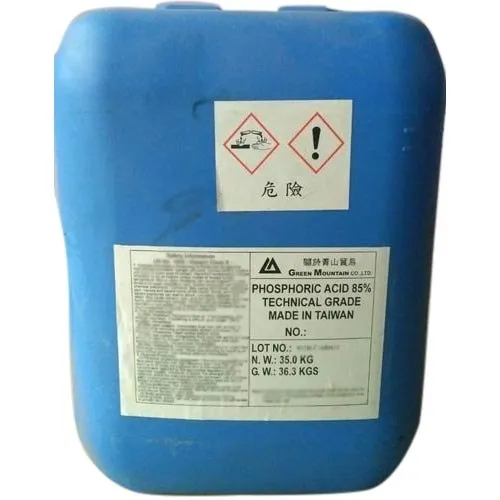
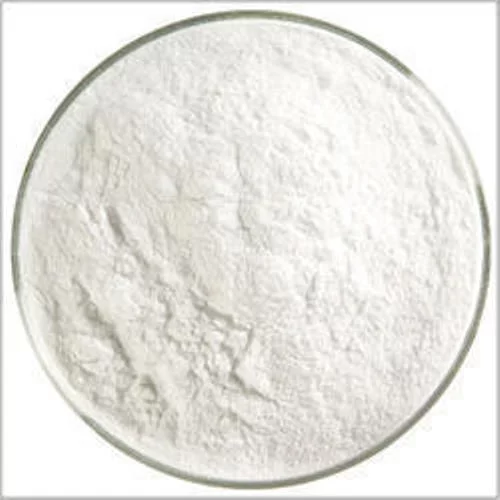
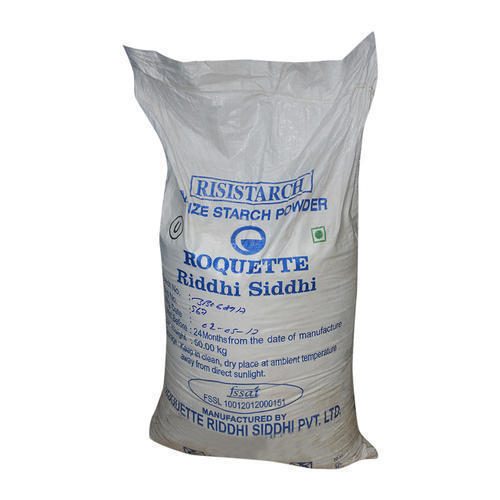
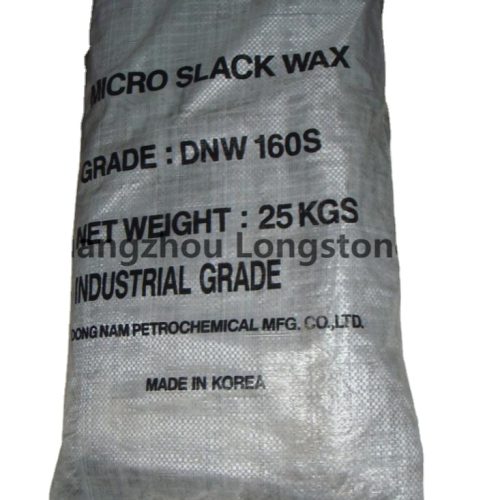
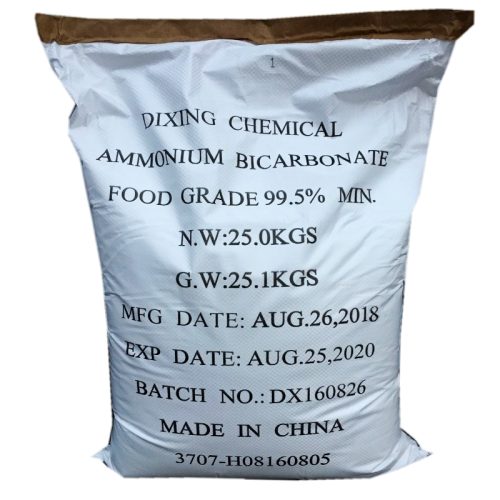
Reviews
There are no reviews yet.